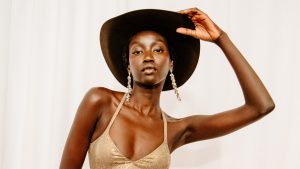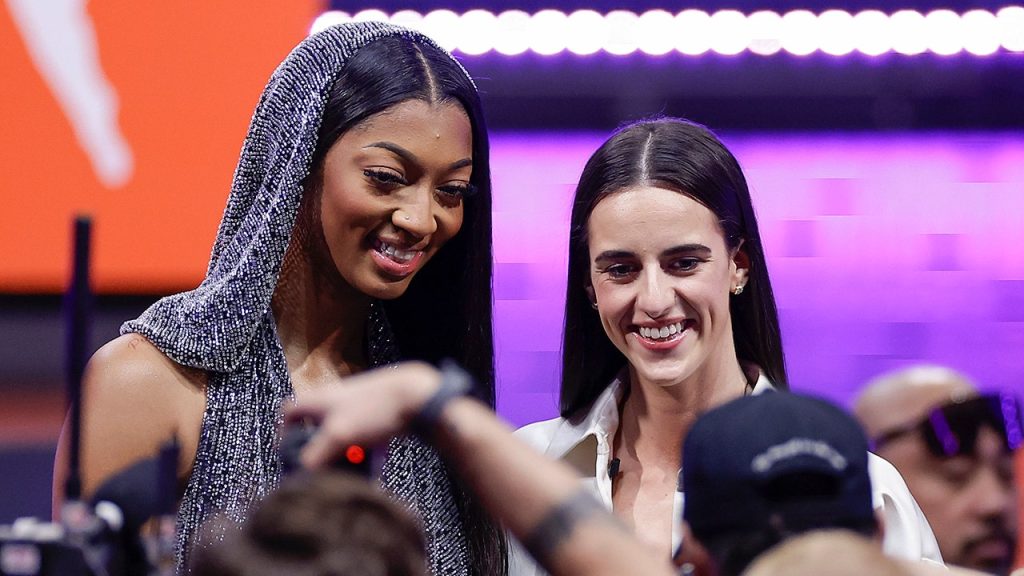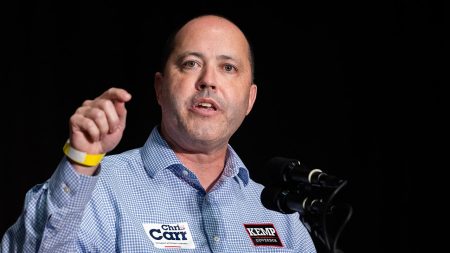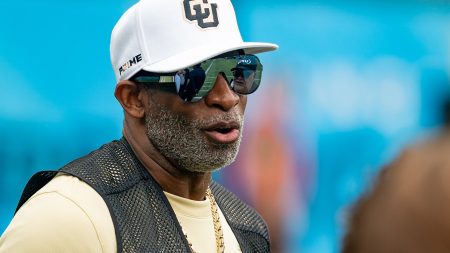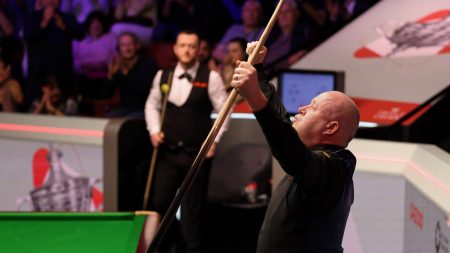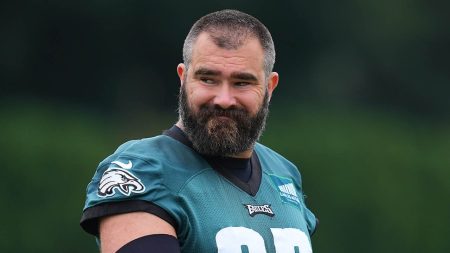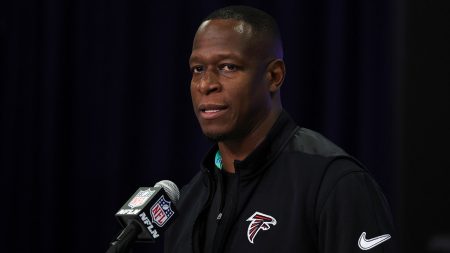The WNBA Draft sparked a debate over player salaries, with rookie Caitlin Clark set to earn around $337,000 over four years with the Indiana Fever. This revelation brought attention to the pay disparities between the WNBA and the NBA. Jemele Hill criticized those comparing the two leagues, calling it a form of misogyny. She emphasized that WNBA players have been advocating for increased pay for years and deserve support rather than ridicule. It was noted that WNBA salaries cover a four-month season of 40 games, and players also receive perks like a free apartment and car. However, many female athletes still play overseas to supplement their income.
Despite the controversy over WNBA salaries, high-profile figures like Russell Wilson have called for female athletes to be paid what they deserve. Spotrac’s Michael Ginnitti highlighted the issue of revenue sharing within the WNBA, explaining that players’ ability to capitalize on the league’s growing revenue is still limited. While change is needed, Clark and other players can still pursue endorsement deals, as Clark has done with companies like State Farm, Panini America, and Nike. The potential for additional income sources outside of their WNBA salary offers some hope for players looking to increase their earnings.
The 2023 WNBA season saw a surge in viewership and attendance, with the most-watched regular season in 21 years and a 16% increase in attendance compared to the previous year. The league reported an average attendance of 6,615 fans per game and a total attendance of 1,587,488. These figures reflect a growing interest and support for women’s basketball, indicating a positive trend for the future of the WNBA. Despite the challenges and limitations faced by WNBA players in terms of salary, the league’s increasing popularity suggests there is potential for growth and improvement in player compensation.
The conversation surrounding WNBA salaries has been ongoing for years, with players advocating for fair compensation and recognition of their value as professional athletes. While comparisons to the NBA may be inevitable, it is important to consider the unique challenges and opportunities that exist within the WNBA. Rather than criticizing or dismissing the efforts of WNBA players, supporters are encouraged to attend games, purchase merchandise, and watch games on television to show their appreciation for the league. By actively engaging with and supporting the WNBA, fans can contribute to the growth and success of women’s basketball and help create a more equitable and sustainable financial future for players like Caitlin Clark.
With prominent figures like President Biden calling for female athletes to receive fair pay, there is increasing pressure on leagues like the WNBA to address issues of compensation and revenue sharing. The 2020 CBA established certain thresholds for revenue sharing within the WNBA, but there is still a need for more comprehensive changes to ensure that players are compensated fairly for their contributions to the league. As the WNBA continues to gain popularity and attract larger audiences, there is hope that positive developments in revenue sharing and player compensation will follow, creating a more equitable and rewarding environment for women’s basketball players.
